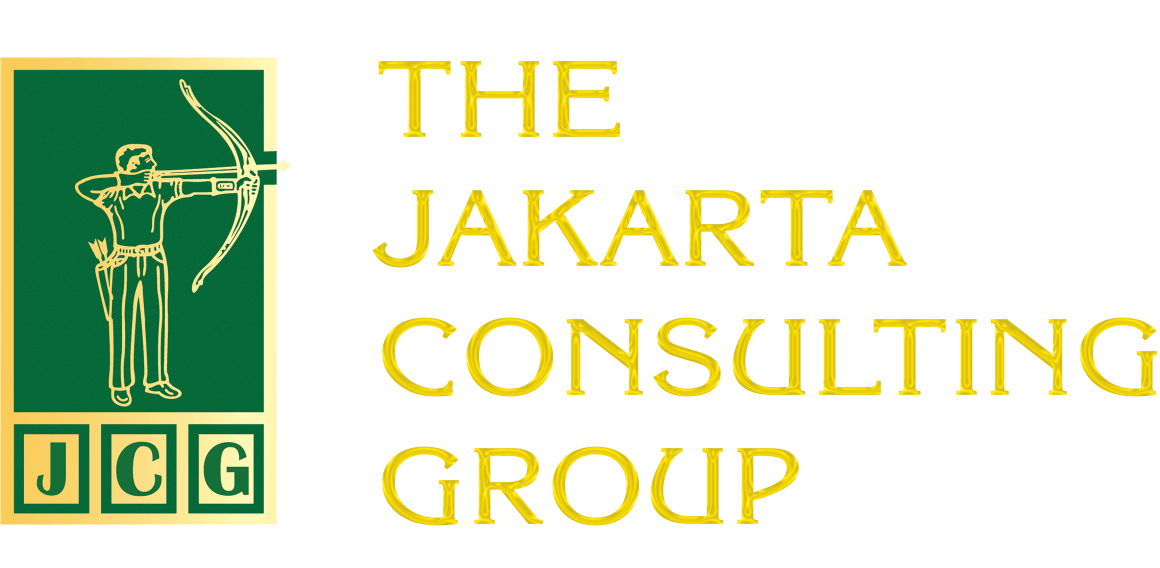Ever heard the saying, “You are the company you keep?” It can have both good and bad consequences, right? This is often said about young people and their friends. But did you know that the “Halo Effect” also impacts customers? And you can use it in your business for outstanding results.
The Halo Effect is a cognitive bias where our overall impression of a person, company, or brand affects how we feel and think about their character or traits.
In employer branding, this effect can significantly impact a company’s reputation and appeal to potential employees. When a business has a good reputation in one area, like customer service, that positive perception can “spill over” to other areas, making people think it’s a great place to work.
This phenomenon isn’t just limited to external perceptions. It can also affect how internal stakeholders view things, shaping overall company culture and employee engagement.
Halo Effect: How to Boost Employee Branding
Understanding the Halo Effect
The term “halo effect” was first introduced by American psychologist Edward L. Thorndike in 1920. It refers to a bias that influences how people interpret information about someone.
Thorndike pointed out that people tend to form an overall impression of someone’s personality or characteristics based on one unrelated trait.
Healthline describes this bias as creating either a positive or negative perception of a person. This subjective judgment can lead to difficulties in thinking critically about that person’s actual traits.
In everyday life, we often do this unconsciously, especially when meeting someone for the first time. Without realizing it, you’ll judge a person based on the first characteristic you notice—whether it’s their clothing, the way they talk, or other traits.
By definition, the halo effect is a cognitive bias where a positive or negative impression of one aspect of an individual or object influences our judgment of other aspects of that person or thing.
One standout trait, whether positive or negative, can “spread” and affect how we evaluate the whole individual or object.
In other words, the halo effect is our tendency to judge someone or something based on a characteristic or impression we associate with them.
Simple Examples of the Halo Effect:
Physical Appearance
If someone is physically attractive, we tend to assume they have other positive qualities, like being smarter, kinder, or more competent, even though we don’t have any information to support that belief.
Work Performance
If an employee succeeds at one task or project, a manager might assume they are competent at everything, even if there’s not enough evidence to back up that assessment.
Product Brands
If we have a positive experience with one product from a brand, we tend to believe that all products from that brand are high quality, even if we haven’t tried the others.
We unknowingly encounter the halo effect as early as in school. For example, in the classroom, teachers often assume that a well-behaved child is also smart and motivated to learn, without objectively evaluating their learning capabilities.
A 1968 study by Rosenthal and Jacobson, still relevant today, found that teachers form expectations of their students not just based on grades but also on physical appearance.
Tips to Boost Employee Branding Using the Halo Effect
Be Aware of Your Judgments
The first step to stopping a negative halo effect is realizing when you’re misjudging someone. The tricky part is that it’s often unconscious.
If you can learn to make smart, unbiased judgments about people or things, you’ll make more accurate assessments.
Remember that first impressions don’t give you the full picture of a person’s character.
Give First Impressions a Second Chance
It’s almost impossible to stop yourself from forming a first impression when meeting someone new.
But try to be critical of your initial thoughts.
Support your feelings about someone with real data. If you struggle to find reasons why you like or dislike someone, give them a second chance.
Others Might Be Prejudging You Too
If you’re lucky, you might benefit from a positive halo effect. If not, you might fall victim to a negative one.
Take some time for self-reflection. This will help you understand your strengths and weaknesses better, and it can help you make the right impression on people you meet.
Pay Attention to Your Appearance
Though it may sound cliché, physical appearance has a huge impact on creating a positive halo effect.
A sloppy appearance won’t leave a good first impression.
You don’t need to make big changes like losing weight. Dressing neatly and cleanly is enough to create a positive first impression on others.
First, consider the situation you’ll be in and make sure your appearance suits the event or occasion.
Smiling Can Boost the Positive Halo Effect
A smile shows kindness, empathy, and sympathy. Research has shown that when you smile, it triggers a phenomenon that makes others smile too.
People tend to like a smile if it’s genuine and honest.
Try to smile sincerely, not in a forced way. A fake smile will only be seen as insincere and unlikable.
So, that’s what you need to know about the halo effect in the workplace. This effect can be a double-edged sword for your career. You have to know how to use it wisely to help advance your career.
Halo Effect: How to Boost Employee Branding
#HaloEffect #BoostEmployeeBranding
Sumber :
- https://www.fastercapital.com/content/Employer-Branding–The-Employer-s-Shine–How-the-Halo-Effect-Influences-Company-Reputation.html
- https://business.cushingchamberofcommerce.org/chamberblog/Details/the-halo-effect-a-cheap-and-easy-way-to-improve-your-branding-178806
Related Posts:
The Story of a Successful Entrepreneur: Aroma Coto Gagak, Makassar’s Culinary Icon
The Story of Successful Entrepreneur Uni Tutie: From Home Kitchen to Global Market
Stay Competitive Without Compromising Business Integrity: Building an Ethical and Sustainable Business
The whistleblower dilemma: Maintain Integrity or Save Your Career?
Pros and Cons of Side Hustle for Young Generations in Family Businesses










